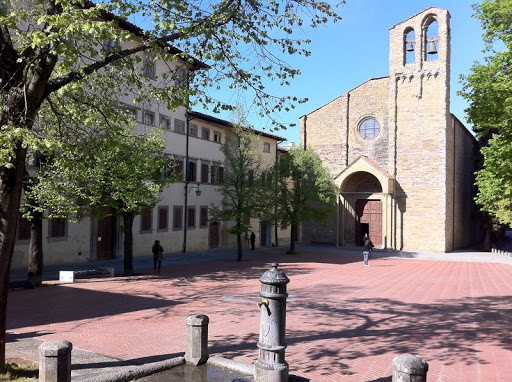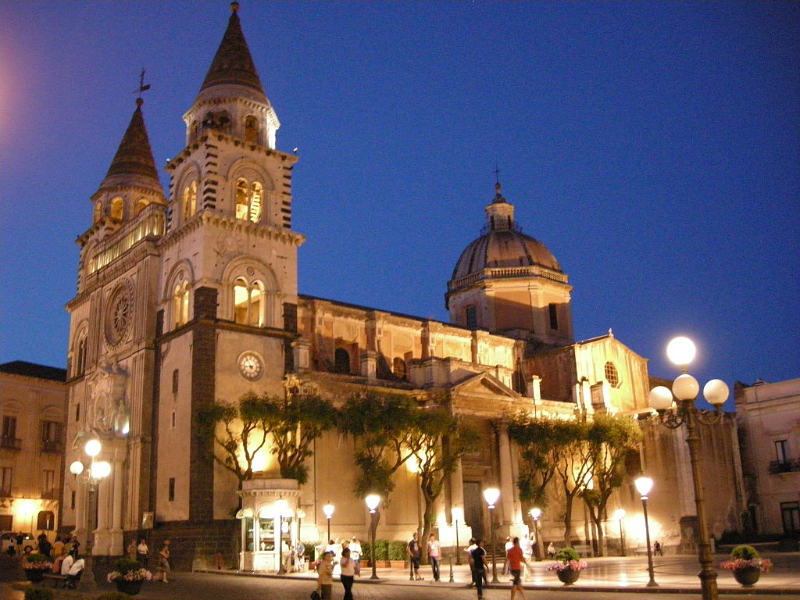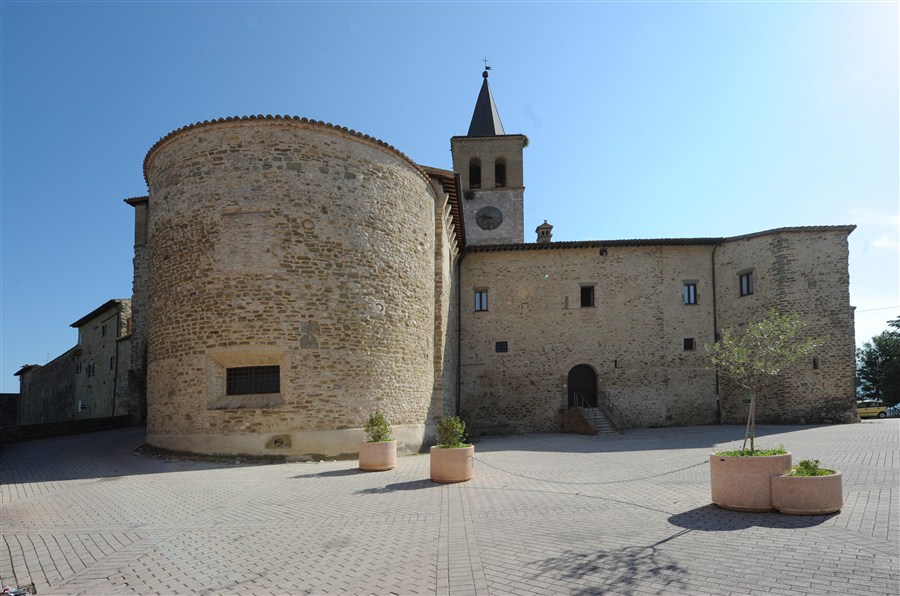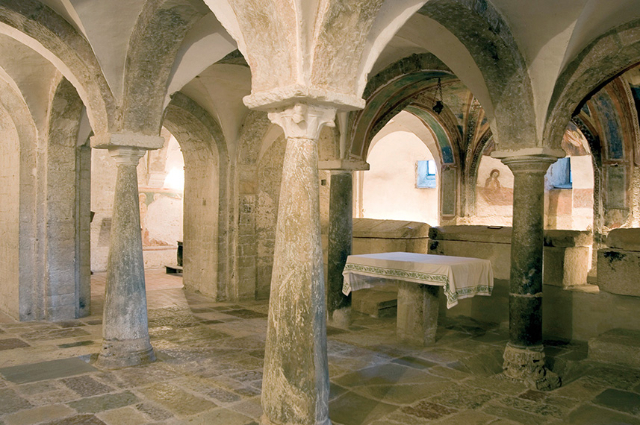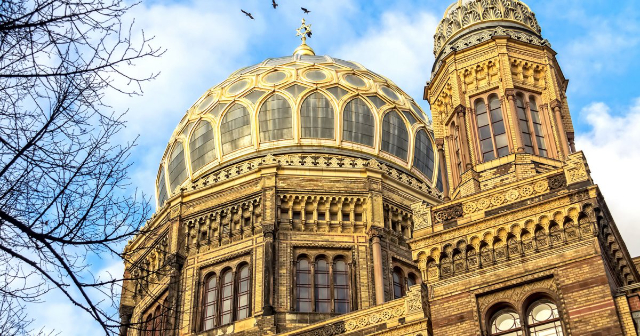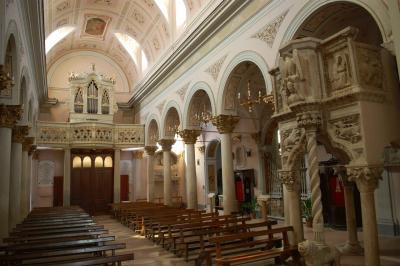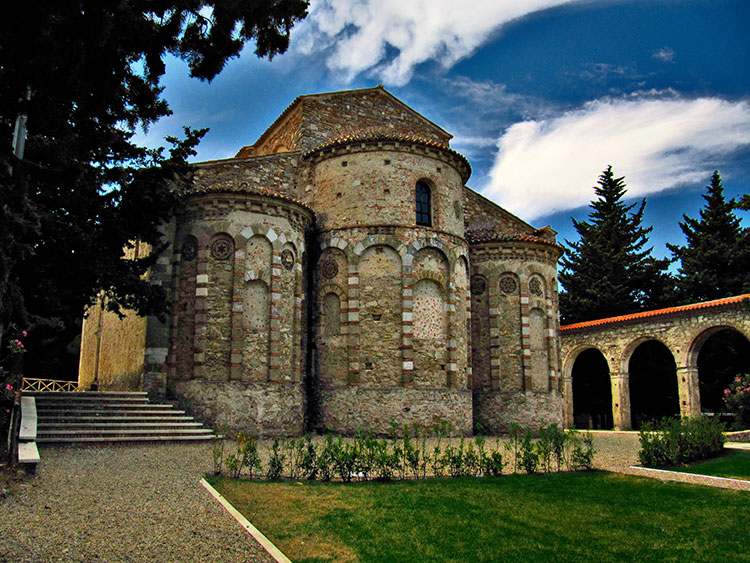The church of San Domenico is one of the most famous sacred buildings in Arezzo for the presence, inside, of the wooden Crucifix painted by Cimabue, considered one of the masterpieces of thirteenth-century painting, dating back to the late sixties. In January 1276, in the place where it was still under construction, the church of San Domenico hosted what for the Church of Rome was the first conclave in history. In April 1960 Pope John XXIII elevated it to the dignity of a minor basilica.The church, in Romanesque style, was begun in 1275 and finished in the fourteenth century. The financial contributions of the Ubertini and Tarlati families contributed to its construction. The asymmetrical façade, in masonry, also includes a bell gable with two bells.
The interior, with its trussed roof, has a single nave, which is lit by 12 single-lancet windows (6 on each side) whose reciprocal distance decreases as you approach the apse, thus giving a greater sense of depth to the hall.
The fourteenth-century pictorial decoration of the interior is still well documented.
Spinello Aretino’s mature work (1395-1400) is the fresco with Saints Philip and James Minor and stories from their lives and that of Saint Catherine, on the inside wall of the façade. By Spinello’s son Parri is the Crucifixion between saints, on the right of the inside wall of the façade: to the right of the Crucifixion are the Virgin and St Nicholas and to the left Saints John and Dominic.
The Dragomanni chapel, a family whose coat of arms depicted a dragon, has a Gothic structure with a black stone altar sculpted by Giovanni di Francesco da Firenze (1368) and a fresco depicting the adolescent Jesus conversing with the doctors of the Temple, by the Sienese artist Luca di Tommè.
In a niche a glazed terracotta by Giovanni and Girolamo della Robbia, made between 1515 and 1520 represents St. Peter of Verona.
In the left chapel the triptych by Giovanni d’Agnolo, on the altar, represents: in the centre the Archangel Michael, on his right (left for the viewer) St. Dominic, and on his left St. Paul.
In the chapel on the right, where the Eucharist is kept, there is a stone Madonna and Child, an anonymous work from Arezzo, once part of the series of sculptures that from 1339 decorated the ten gates of the city walls, and brought here to save it from the deterioration caused by exposure to the elements.
The Renaissance painter Niccolò Soggi, mentioned by Vasari in his Le vite de’ più eccellenti pittori, scultori e architettori, was buried in the church.
